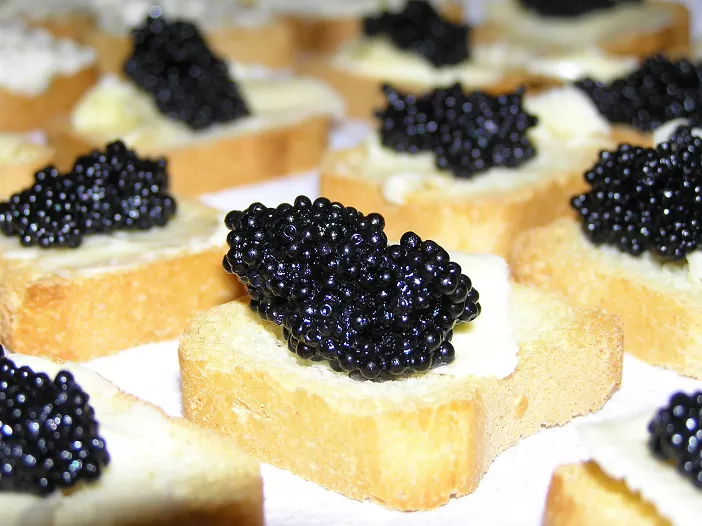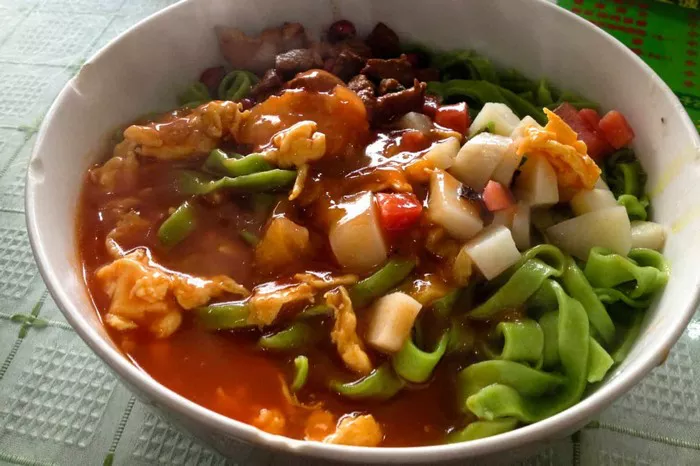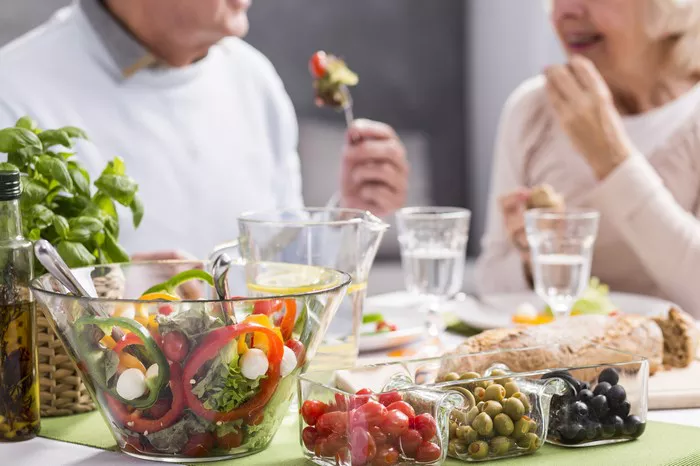Custard pie, a classic dessert that has stood the test of time, holds a special place in the hearts and taste buds of many. Its smooth, velvety texture and rich, comforting flavor make it a delightful treat for any occasion. In this comprehensive exploration, we will delve into the origins, variations, and the art of crafting the perfect custard pie. Join us on a journey through the history and culinary intricacies of this timeless dessert.
History of Custard Pie:
The roots of custard-based desserts trace back centuries, with custard itself having ancient origins. The word “custard” is believed to be derived from the French word “croustade,” referring to a kind of pie. Early custard recipes, combining eggs and milk, appeared in medieval European cookbooks. As culinary traditions evolved, so did custard, finding its way into various forms of pastry, including pies.
The custard pie we know today has its roots in England, where custard-based tarts and pies gained popularity in the 17th century. These early versions featured a simple filling of eggs, milk, and sugar baked in a pastry crust. Over time, the recipe spread to other parts of Europe and the United States, where it underwent regional adaptations and became a beloved dessert in diverse culinary traditions.
Basic Components of Custard Pie:
Custard pie is defined by its luscious custard filling, which is made from a few key ingredients. Let’s break down the fundamental components that contribute to the magic of a custard pie:
Eggs:
Eggs are the primary binding agent in custard pie, providing structure and richness. The yolks contribute a velvety texture, while the whites add a light and airy quality. The number of eggs used can vary depending on the desired consistency of the custard.
Milk or Cream:
The choice between milk and cream influences the creaminess of the custard. Whole milk or heavy cream is commonly used, with some recipes incorporating a combination of both. The dairy component not only adds moisture but also contributes to the overall flavor profile.
Sugar:
Sugar is a crucial ingredient for sweetening the custard. The amount can be adjusted to suit personal preferences, but it plays a vital role in balancing the flavors and enhancing the overall sweetness of the pie.
Flavorings:
Vanilla is the classic flavoring for a custard pie, providing a warm and aromatic undertone. However, other flavorings, such as nutmeg, cinnamon, or citrus zest, can be added to infuse unique and complementary notes.
Pie Crust:
A well-made pie crust serves as the vessel for the custard filling. Whether using a traditional flaky pastry crust or a graham cracker crust, the crust provides structure and a satisfying contrast to the creamy custard.
Popular Variations of Custard Pie:
Custard pie has evolved, adapting to regional tastes and culinary innovations. Several popular variations have emerged, each with its unique twist on the classic recipe:
Classic Vanilla Custard Pie:
The quintessential custard pie features a silky-smooth vanilla-infused filling in a buttery pie crust. This timeless version highlights the delicate balance of sweetness and the comforting warmth of vanilla.
Chocolate Custard Pie:
For chocolate enthusiasts, the addition of cocoa or melted chocolate to the custard creates a decadent chocolate custard pie. The result is a harmonious blend of rich chocolate flavor and the creamy texture of the custard.
Coconut Custard Pie:
Adding shredded coconut to the custard filling imparts a tropical twist to the classic recipe. Coconut custard pie often incorporates coconut milk or extracts for an extra layer of flavor.
Lemon Custard Pie:
Zesty and refreshing, lemon custard pie introduces a burst of citrus to the traditional custard. Lemon zest and juice are typically added to the filling, creating a delightful contrast to the sweetness.
Maple Custard Pie:
A seasonal favorite, maple custard pie replaces some or all of the sugar with pure maple syrup. This variation offers a nuanced sweetness and a hint of caramelization, providing a delightful fall-inspired treat.
Pumpkin Custard Pie:
A classic during the autumn months, pumpkin custard pie combines the creamy custard base with the earthy and spiced flavors of pumpkin puree. This variation often features a blend of cinnamon, nutmeg, and cloves.
Caramel Custard Pie:
Caramel custard pie takes sweetness to the next level by incorporating a layer of caramelized sugar at the bottom of the pie crust. This addition provides a delightful contrast to the smooth custard.
Almond Custard Pie:
A nutty twist on the classic, almond custard pie incorporates almond extract or ground almonds into the filling. This variation introduces a subtle nuttiness that complements the creamy custard.
Crafting the Perfect Custard Pie:
Achieving the perfect custard pie requires attention to detail and a few essential techniques. Here’s a step-by-step guide to help you master the art of crafting this delectable dessert:
Prepare the Pie Crust:
Whether making a traditional pastry crust or opting for a graham cracker crust, ensure that it is properly prepared and baked before adding the custard. A pre-baked crust helps maintain its structure and prevents sogginess.
Select Quality Ingredients:
Use fresh and high-quality eggs, dairy, and flavorings for the custard. The quality of these ingredients directly impacts the final taste and texture of the pie.
Balance the Ingredients:
Achieving the right balance of eggs, sugar, and dairy is crucial. Too many eggs can result in a rubbery texture, while too much sugar can make the custard overly sweet. Experiment to find the perfect balance for your taste.
Temper the Eggs:
To prevent the eggs from curdling when combined with warm milk or cream, temper them by slowly adding a small amount of the hot liquid to the beaten eggs while whisking continuously. This brings the temperature of the eggs closer to that of the custard mixture.
Strain the Custard:
After combining the ingredients, strain the custard mixture through a fine-mesh sieve to remove any lumps or bits of cooked egg. This step ensures a silky-smooth texture in the finished pie.
Bake with Care:
Bake the custard pie in a preheated oven at a moderate temperature. A water bath can help regulate the temperature and prevent overcooking. The custard is done when the edges are set, and the center still has a slight jiggle.
Cool Gradually:
Allow the custard pie to cool gradually to prevent cracking. Once out of the oven, let it cool at room temperature before refrigerating. Refrigeration further sets the custard and enhances its flavor.
Serve with Finesse:
Before serving, dust the top of the custard pie with a sprinkle of nutmeg, cinnamon, or cocoa, depending on the flavor profile. Slice with a sharp knife dipped in hot water for clean and neat servings.
Tips and Troubleshooting:
Crafting the perfect custard pie may require a bit of practice, and understanding common challenges can help you navigate the process. Here are some tips and troubleshooting advice to ensure your custard pie turns out flawless:
Prevent Overcooking:
Custard pies are prone to overcooking, resulting in a curdled or rubbery texture. Keep a close eye on the baking time and test for doneness by gently shaking the pie. The edges should be set, while the center will have a slight jiggle.
Avoid Curdling:
Tempering the eggs and straining the custard helps prevent curdling. If your custard does curdle, try blending the mixture with an immersion blender or straining it again before baking.
Choose the Right Pan:
Opt for a pie dish with a light-colored interior to promote even baking. Dark-colored pans can absorb more heat and may lead to uneven cooking.
Use Fresh Ingredients:
Fresh eggs and dairy contribute to the overall quality of the custard. Using old or low-quality ingredients can impact the flavor and texture of the pie.
Experiment with Flavorings:
While vanilla is a classic choice, don’t be afraid to experiment with different flavorings to suit your taste. Just be mindful of the ratios to maintain the integrity of the custard.
Let the Custard Set:
Allow the custard pie to cool and set in the refrigerator for at least a few hours or overnight. This enhances the flavor and texture, allowing the custard to fully develop.
Conclusion
Custard pie, with its rich history and versatile variations, remains a timeless and beloved dessert. From the simplicity of a classic vanilla custard pie to the indulgence of chocolate, coconut, or caramel-infused creations, the possibilities are as vast as one’s culinary imagination. Mastering the art of crafting the perfect custard pie requires attention to detail, quality ingredients, and a love for the culinary traditions that have made this dessert a cherished part of global cuisine.

























